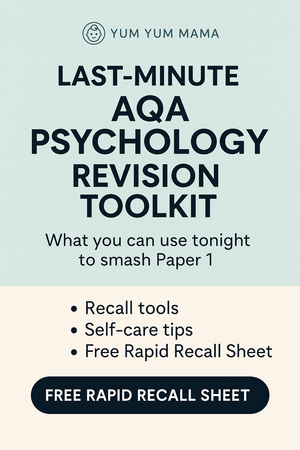Unpacking Baddeley and Hitch's Working Memory Model: A Comprehensive Guide
Unpacking Baddeley and Hitch's Working Memory Model
In 1974, psychologists Alan Baddeley and Graham Hitch proposed an influential framework known as the Working Memory Model, revolutionising our understanding of short-term memory by introducing a more dynamic and complex system.
What is Working Memory According to Baddeley and Hitch?
Working memory, as defined by Baddeley and Hitch, is a multi-component system responsible for the temporary storage and manipulation of information necessary for complex cognitive tasks such as learning, reasoning, and comprehension. This model challenged the earlier notion of short-term memory as a single, passive store, proposing instead a more active and versatile system.
The Four Components of Baddeley's Working Memory Model
The model comprises four distinct yet interconnected components:
-
Central Executive: This is the core of the system, responsible for directing attention and coordinating activities between the other components. It manages cognitive tasks such as problem-solving and decision-making, effectively acting as the control centre.
-
Phonological Loop: Specialised for verbal and auditory information, this component consists of two parts:
-
Phonological Store: Holds auditory information briefly.
-
Articulatory Rehearsal Process: Allows for the repetition of information to prevent decay, akin to an inner voice.
-
-
Visuospatial Sketchpad: This component handles visual and spatial information, enabling the creation and manipulation of mental images and spatial awareness. It is essential for tasks like navigating environments or visualising objects.
-
Episodic Buffer: Added to the model in 2000, the episodic buffer integrates information from the phonological loop, visuospatial sketchpad, and long-term memory into a coherent sequence, providing a richer understanding of complex events.
What Did Baddeley and Hitch Explain?
Through their model, Baddeley and Hitch explained how working memory is not a passive store but an active system involved in the manipulation of information. They demonstrated that different types of information are processed in separate subsystems, allowing for more efficient handling of complex cognitive tasks.
The Working Memory Model Theory
The Working Memory Model posits that short-term memory is composed of multiple components, each responsible for different types of information processing. This modular approach allows for specialised handling of tasks and explains how individuals can perform multiple cognitive activities simultaneously.
Baddeley and Hitch's Dual Task Experiment
To support their model, Baddeley and Hitch conducted dual-task experiments where participants performed two tasks simultaneously. They found that individuals could effectively manage a verbal and a visual task concurrently, but performance declined when both tasks were of the same type (e.g., two verbal tasks). This finding provided evidence for separate subsystems within working memory.
Evaluation of the Working Memory Model
The Working Memory Model has been highly influential, offering a more comprehensive explanation of short-term memory processes than previous models. However, it has faced criticism, particularly regarding the central executive's vague definition and the episodic buffer's exact functioning. Despite these critiques, the model remains a foundational concept in cognitive psychology.
Conclusion
Baddeley and Hitch's Working Memory Model provides a nuanced understanding of how we process and store information in the short term. By delineating the system into specialised components, it offers valuable insights into the complexities of human cognition and continues to inform research and practice in psychology.



